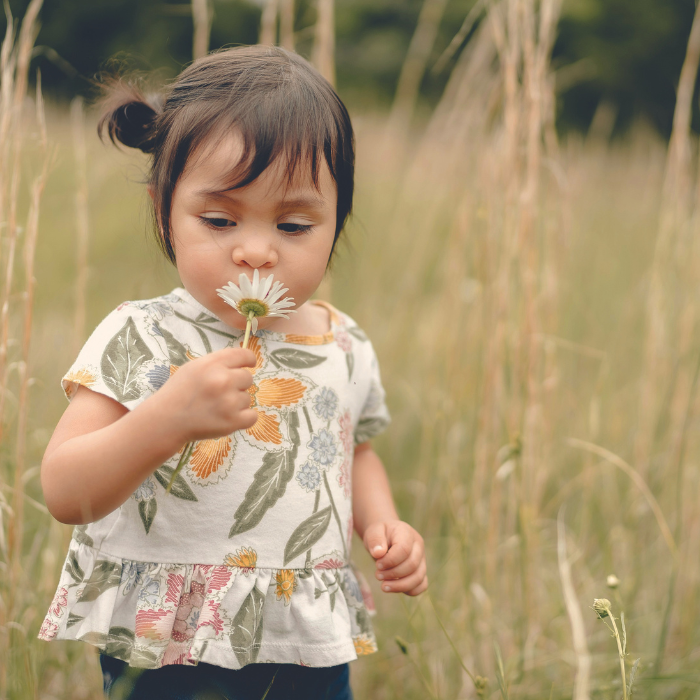
Will good old-fashioned nursery rhymes ever go out of style? No way, says Tiffany Brown.
Have you ever wondered why the popularity of traditional folk songs and rhymes has persisted throughout the centuries? Doctors falling into waist-deep puddles, babies being left and subsequently falling out of trees, elderly mothers living in their footwear? Despite wacky lyrics and often dubious subject matter, nursery rhymes are as popular today as they ever have been. The origin of nursery rhymes reaches back hundreds of years. Many span the globe, the same essential lyrics or tune existing in various forms in multiple cultures and languages. Throughout history, critics have argued nursery rhymes contain hidden, often subversive messages, although modern research finds very little evidence to validate these theories. You may be surprised to know almost none of the commonly held assumptions about the origin of various nursery rhymes are likely, with one notable exception. “Mary Had A Little Lamb” was inspired by the true story of young Mary Sawyer, who kept a pet lamb and, at her brother’s encouragement, did indeed take it to school one day. Perhaps it is human nature to seek hidden meaning in even the most innocent places, or perhaps, like
Katherine Elwes, author of the 1930 book The Real Personages of Mother Goose, which links nursery rhyme characters with real-life people on little or no evidence, some of us just find it hard to believe these ditties can exist for the sake of pure entertainment. And entertain they do, as evidenced by the countless generations of children of all ages who repeat, sing along, and perform to their simple phrases and tunes. But perhaps the reason for their persistent popularity is that nursery rhymes go well beyond pure entertainment value; in fact, they may be integral to children’s emotional and cognitive development. Much of the content of traditional nursery rhymes is highly relatable for children. Falling down, being naughty, getting lost, being scared of spiders, and losing mittens are all topics close to children’s hearts, and introducing poems and songs that deal with these issues from a young age can be a way for children to process the emotions that go along with these situations. Nursery rhymes are a perfect introduction to enjoyment of books and stories. Their short structure holds the attention of children, while setting up the idea of listening from beginning to end to a developing narrative paves the way for more challenging stories and chapter books in the future. The poems and songs boost language development by laying the foundations of literacy. Short and with plenty of repetition, nursery rhymes help children begin to recognise the sounds that make up words, and help develop the memorisation skills necessary to begin their journey to reading and writing. Preceding the idea that letters represent sounds, the organisation of nursery rhymes emphasises patterns of similar sounds, which helps children begin to internally categorise the structure of words. Segmentation of syllables and a general enjoyment of sound play is also crucial to setting children up to read and spell. The telling or singing of many nursery rhymes, particularly in settings such as Mainly Music, invite participation by children in a group. This shared activity assists with social development, as children feel a sense of connection to others. Combining rhythm with movement is highly effective for stimulating brain activity, aiding both memory and deep learning. Research also supports the idea that music and rhyme can improve children’s spatial reasoning, helping them develop mathematical skills as they grow. If you’re an adult feeling silly singing along at your local music group, keep in mind that the nostalgia of nursery rhymes is a powerful thing. Linking generations with their long-lasting appeal, the existing knowledge and confidence you share when you sing these poems and songs envelops children with a strong sense of emotional contentment, helping them to feel happy and safe.
Going beyond pure entertainment value, nursery rhymes may be integral to children’s emotional and cognitive development.
Fun facts about nursery rhymes
- Many early critics of nursery rhymes felt they contained anti-religious messages, or criticism of monarchs and other officials.
- In more recent times, nursery rhymes have been through “revisionism”, where individuals or groups have changed words to reflect what they considered to be a more appropriate meaning.
- One of the oldest English nursery rhymes is “Pat-a-cake, pata-cake, baker’s man”. The rhyme probably originated when villagers brought their baking to a central “baker’s oven” to be cooked, so the raw product would be marked with a symbol or letter to identify the correct cooked loaf on collection.
- “Twinkle, Twinkle, Little Star” is one of the few nursery rhymes in possession of a credited author, the 19th century poet and novelist Jane Taylor. Although there is no question she wrote the lyrics used for the song, her authorship is rarely, if ever, acknowledged.








